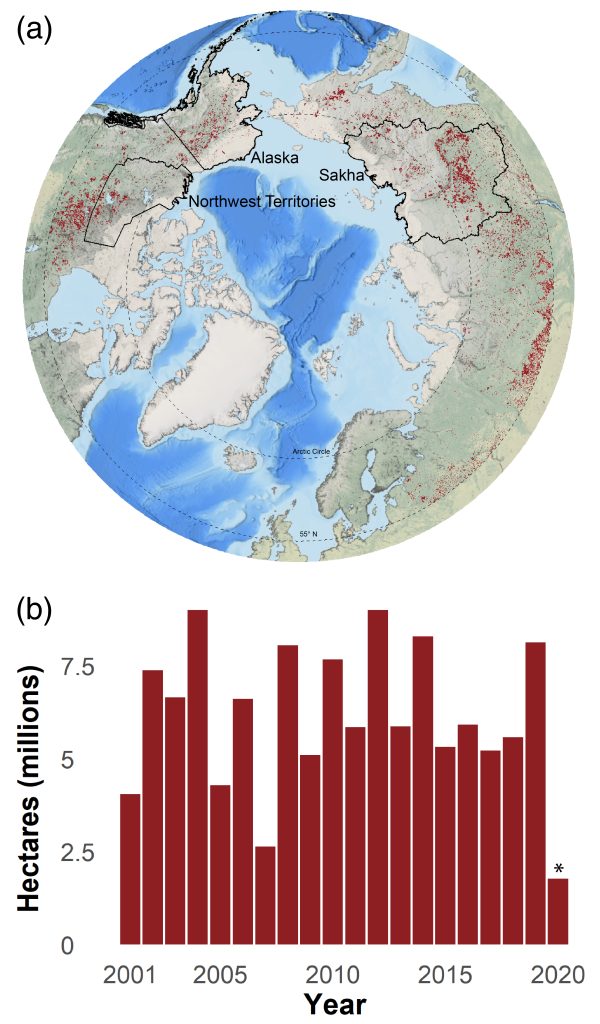Wildland Fire in High Northern Latitudes
Despite the low annual temperatures and short growing seasons that are characteristic of high northern latitudes, wildland fire is the dominant ecological disturbance within the region’s boreal forest, the world’s largest terrestrial biome.
Wildland Fire in High Northern Latitudes Read More »









